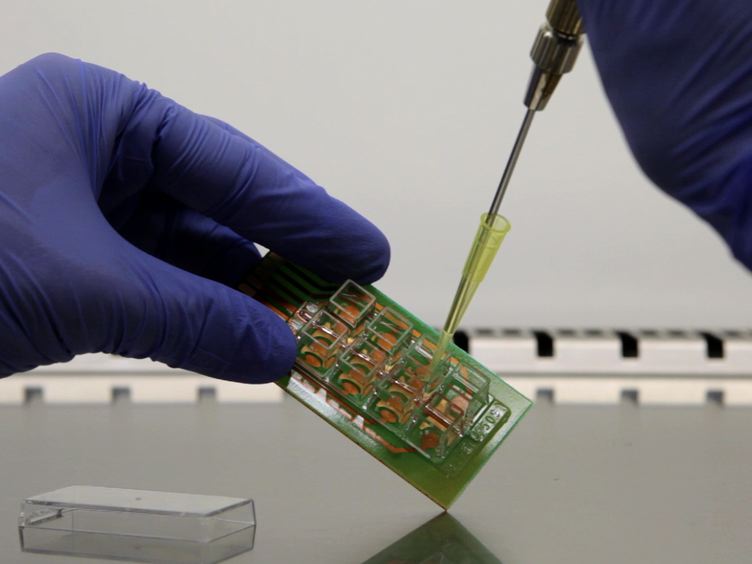/
/
Fabricating Multi-Component Lipid Nanotube Networks Using the Gliding Kinesin Motility Assay
A subscription to JoVE is required to view this content. Sign in or start your free trial.
JoVE Journal
Bioengineering
Fabricating Multi-Component Lipid Nanotube Networks Using the Gliding Kinesin Motility Assay
Chapters
- 00:04Introduction
- 00:32Gliding Motility Assay (GMA)
- 01:55Lipid Nanotube (LNT) Network Imaging
- 02:31LNT Network Characterization
- 03:41Results: Representative LNTs Fabricated from Different GUV Lipid Formulations
- 04:36Conclusion
This protocol describes a process for fabricating lipid nanotube networks using gliding kinesin motility in conjunction with giant unilamellar lipid vesicles.










